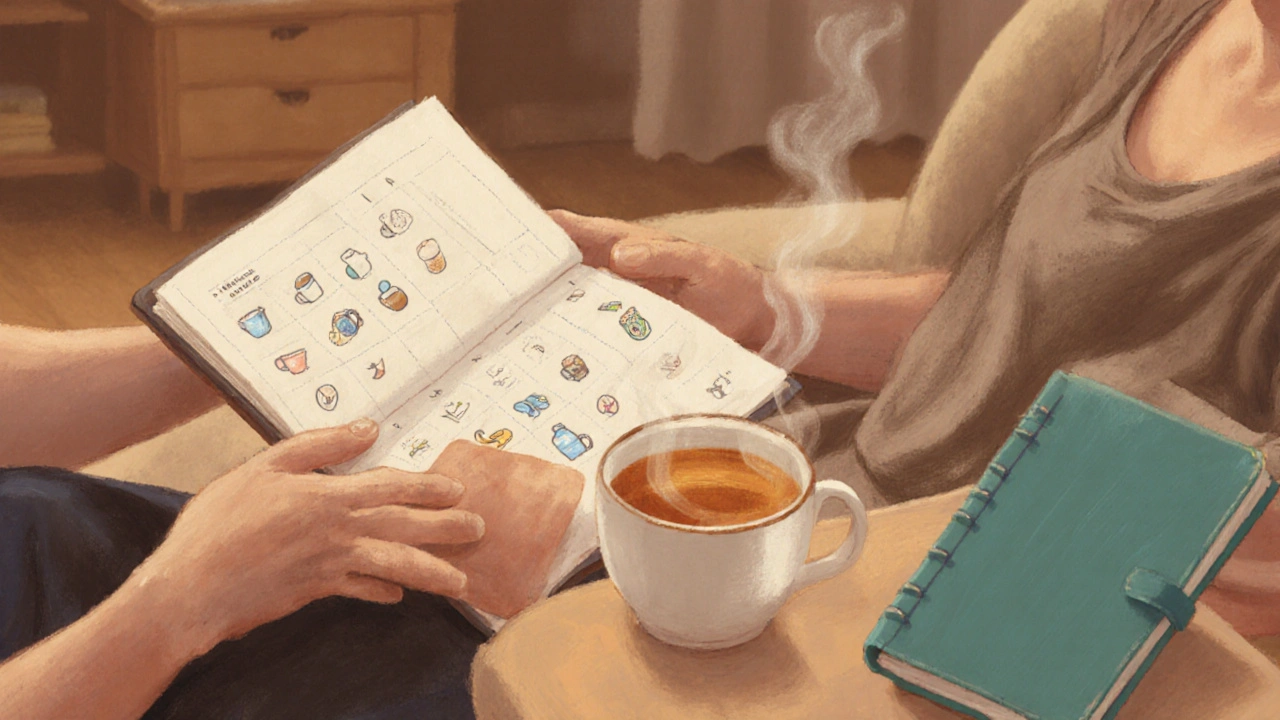Bladder Spasms – What They Are and How to Stop Them
When dealing with bladder spasms, involuntary, sudden contractions of the bladder muscle that cause a sharp urge to urinate. Also known as detrusor overactivity, they often signal an underlying overactive bladder, a condition marked by frequent urgency, nighttime trips, and occasional leakage. The pelvic floor muscle group, which supports bladder control, can become strained or weak, making spasms more likely. Many people find relief with anticholinergic medication, drugs that calm the detrusor muscle and reduce involuntary contractions. Understanding how these pieces fit together helps you choose the right plan.
How Related Factors Shape Your Experience
Bladder spasms don’t happen in isolation. An overactive bladder often co‑exists with urinary urgency, so when one triggers, the other follows – a classic cause‑effect chain (Bladder spasms ↔ urinary urgency). Pelvic floor dysfunction can worsen the picture; weak muscles fail to counteract the sudden pressure, leading to leakage. Lifestyle habits such as excessive caffeine or fluid overload act as triggers, while bladder training exercises teach the brain‑bladder loop to wait longer between urges. Anticholinergic medication works by blocking the neurotransmitter acetylcholine, which directly reduces detrusor overactivity, showing how pharmacology links to the muscle’s behavior. For many, combining medication with pelvic floor therapy creates a synergy: the drug calms the muscle, and the exercises strengthen support, resulting in fewer episodes.
Below you’ll find a curated list of articles that dive deeper into each of these angles – from medication comparisons and mindfulness tricks for chronic pelvic pain to practical guides on buying affordable generic drugs safely. Whether you’re looking for a quick home remedy or a detailed medical review, the collection has you covered.

Supporting a Loved One with Urinary Tract Spasms: Practical Caregiver Guide
Learn practical ways to help a loved one manage urinary tract spasms, from daily habits and home remedies to when to see a doctor.
